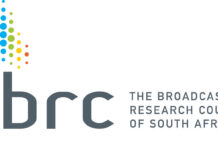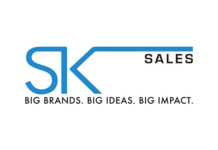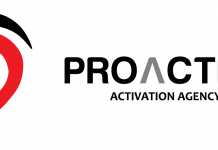Where your business’ accounts are concerned, profit and cash-flow are key financial measurements. However, many agency owners aren’t aware that they are not directly linked, nor are they both equal measures of success.
Profit is a measurement of a company’s sustainability on an ongoing basis, while cash-flow is a measure of a company’s ability to pay its bills when they are due. When there is a lack of cash resources, usually tied up in receivables or written off to bad debts, a company is vulnerable to failure, no matter what their perceived profit.
Cash is the essence of a business and ideally, a business needs to generate enough cash from its activities so that it can meet operational expenses, repay investors and grow the business.
“The truth is a sale is not a sale until it has been paid. Turnover is just vanity,” says Frank Knight, CEO of credit management service, Debtsource.
With three out of every five companies in SA failing whilst showing a profit, Knight unpacks the puzzle.
Profit margins
“On paper, your agency may be highly profitable but you still find yourself heading into cash flow crisis. Your income statement may well show that you made a ‘juicy’ profit, but that does not mean you have the money in your bank account! Cash flow is much more fluid and is therefore harder to predict, changing depending on circumstances and often varying from month to month.”
Preemptive management
“Often smaller businesses or start-ups find themselves facing problems when they do not implement the correct cash flow strategies into their businesses from inception. They are so anxious to ‘get the deal’ that they completely ignore when and if their new client can or will pay them. Yet, these are the two most important questions to ask from the start, and especially so for start-ups, when their ability to sustain late payments or non-payments is almost zero. Wages and salaries, rent and rates, raw materials and components, hire purchase repayments – all of these must be paid out of monies received from paying clients or customers. If clients do not pay fast enough, the result is cash-flow problems that could plunge you straight into hot water.”
Selective debtors
“If your clients rely heavily on credit to pay for your service, are you carefully assessing their credit history? It is important that your company chooses quality debtors to lend to, rather than rushing through the process on the promise of a sale. Your books may show a profit, but if you are reliant on on-time payment from your debtors, your company may be at risk if they do not pay on time.”
Planning ahead
“Although a business cannot fully predict its future, it can look to historical trends and a well-rounded business plan to protect its cash flow for the year. Seasonal fluctuations and the cost of marketing campaigns should all be factored in when planning ahead. This will create a more accurate indicator of stability and risk of failure.”
Cash (flow) is King
“The key point is that cash flow will always be king. Business-to-business sales are particularly vulnerable as they rely primarily on later payments, running the risk of delayed payments or payment queries long after the product or service has been processed. Profit does not mean cash flow and many profitable companies fail for lack of cash, spending money before securing their cash income.
“Many businesses make the common but deadly mistake of focusing on overall profitability but fail to take cash flow into consideration. Never underestimate the absolute importance of cash flow to the health of a business. It is a key indicator of financial health, underpins stability and can give better buying power,” Knight concludes.
If you are looking for credit management assistance or need help to improve your cash flow, visit www.debtsource.co.za or follow them on Twitter at @Debtsource.




















































































